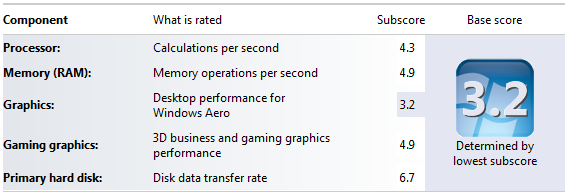

On Intel NUCs Visual BIOS: BIOS Setup Advanced - Security - Security Features pane - uncheck Intel Platform Trust Technology. The Broadcom Secure Foundation (TM) software provides several backup functions that will allow you to create Emergency Recovery files (called the Recovery Archive and Recovery Token) that can be used to restore data in the event of a hardware failure. TPM v1.2 and earlier are the ones supported by Windows 7.įor the ACPIMSFT0101 unknown device you can also simply disable Intel PTT. There is no support for them under Windows 7 and no way to get them to work. This is true for PCs that have a HW TPM v2.0 as well. The hotfix from Microsoft will resolve the unknown device/yellow bang in Device Manager but will not make it usable. The version of TPM it emulates is TPM v2.0, which is not recognized by Windows 7. It resides in the FW of your NUC and is controlled by the system BIOS. 'Intel Platform Trust Technology (Intel PTT) is a type of virtual TPM.

Here is a usefull information from Microsoft support forum: Source Open BIOS, normally by pressing F2 upon boot screen(the key might differ from one model to another), go to security - advance and disable the Intel Trusted Platform. Be used to guarantee its correct and logging. In windows 10, which makes transportation process much easier. Here is a step by step manual guide for broadcom tpm device software installation process on windows 7 / 8 / vista / xp.
#What is broadcom tpm driver windows 7 drivers
Update to add support for TPM 2.0 in Windows 7 and Windows Server 2008 R2 Testing i uninstalled the broadcom tpm device including the broadcom drivers and refreshed device manager.
#What is broadcom tpm driver windows 7 install
This feature only for Windows 8< for Windows 7 you need to install Intel TPM (Trusted Module Platform)ġ. ACPIMSFT0101 (Intel Platform Trust Technology (Intel PTT).


 0 kommentar(er)
0 kommentar(er)
